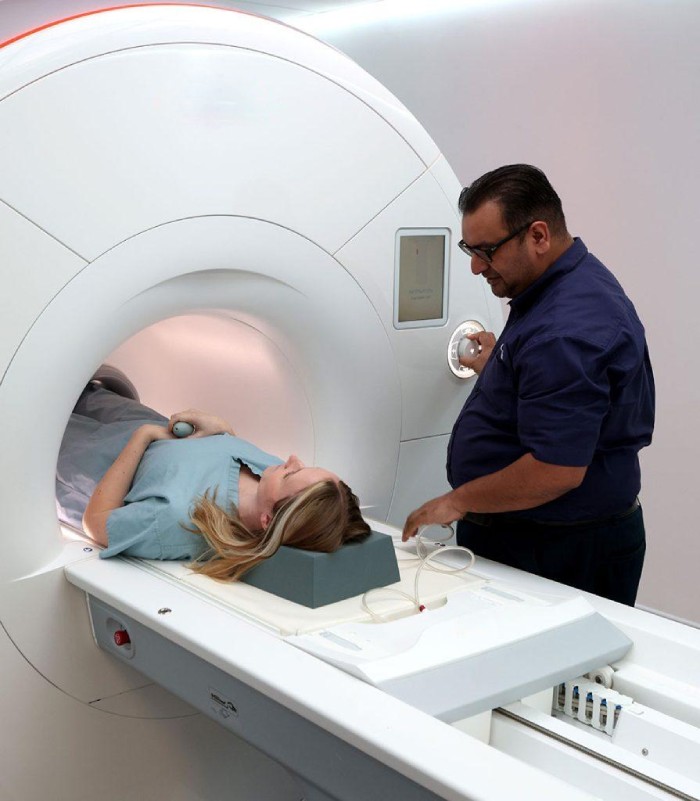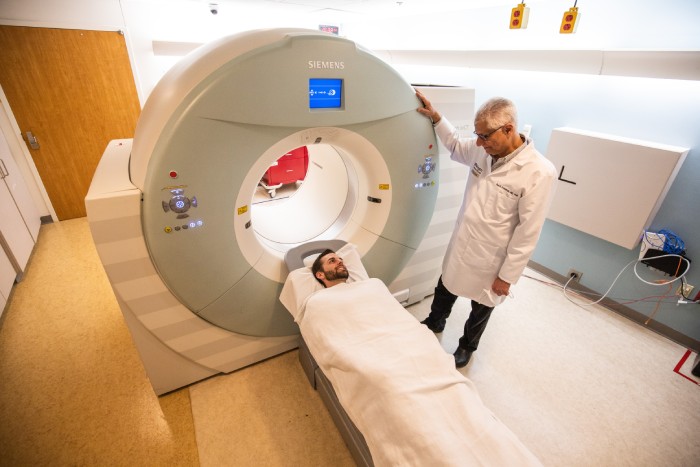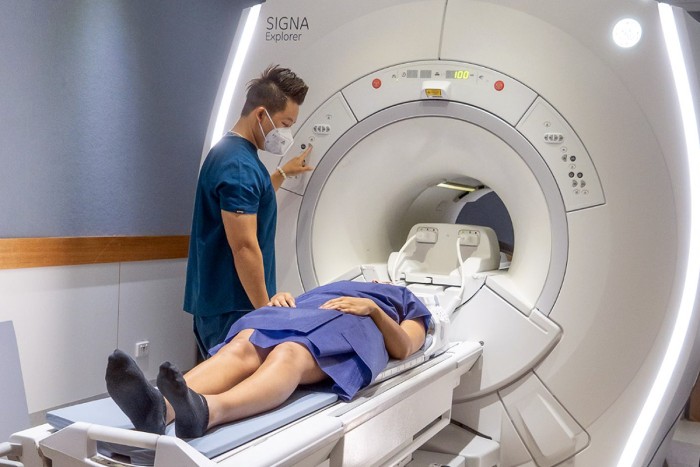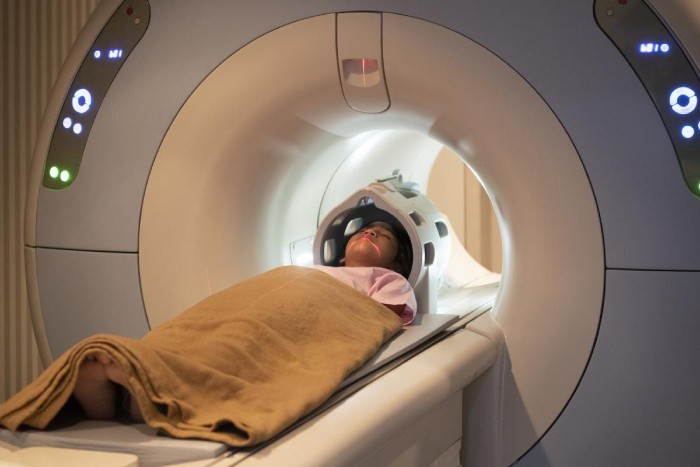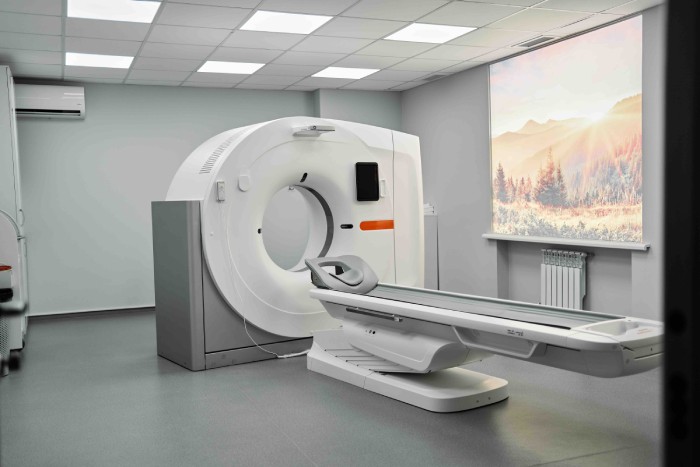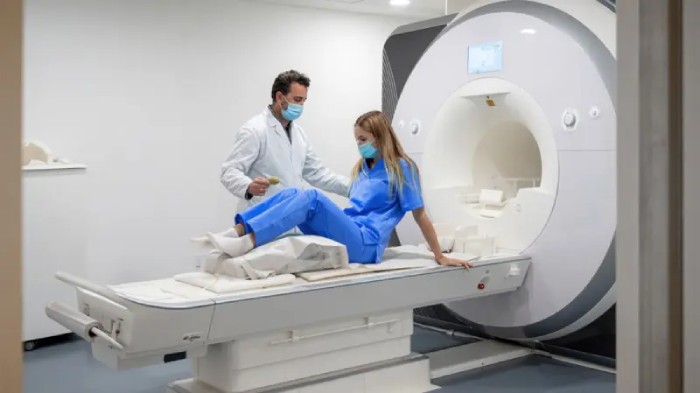Intravenous Pyelography (IVP)
Intravenous Pyelography (IVP) is a radiological procedure used to visualize the urinary system, including the kidneys, ureters, and bladder. It is commonly performed to diagnose conditions such as kidney stones, urinary tract infections, kidney cysts, tumors, or other urinary system abnormalities. Here’s how the procedure works:
Procedure Steps:
- Preparation: Patients are usually required to fast for a certain period before the procedure. They might also need to drink a specific amount of oral contrast agent, which helps in enhancing the visibility of the urinary system.
- Injection of Contrast Material: A contrast material (dye) is injected into a vein, usually in the arm. This contrast material contains iodine, which shows up clearly on X-ray images.
- X-ray Imaging: X-ray images are taken at specific intervals as the contrast material travels through the kidneys and urinary tract. The contrast material helps outline the structures, making it easier for the radiologist to see any abnormalities.
- Multiple Images: X-ray images are typically taken at different time points, showing the contrast material as it fills the kidneys, travels down the ureters, and finally fills the bladder.
- Post-Imaging: After the necessary images are captured, the catheter is removed, and the patient might be asked to urinate to ensure that the bladder is emptying properly.
Uses of IVP:
- Detecting Kidney Stones: IVP is commonly used to identify the presence, location, and size of kidney stones.
- Diagnosing Kidney Conditions: It can help diagnose conditions like kidney cysts, tumors, or other structural abnormalities in the kidneys or urinary tract.
- Evaluating Urinary Tract Blockages: IVP can identify blockages or obstructions in the urinary tract, such as those caused by tumors or enlarged prostate glands.
- Monitoring Kidney Function: It can provide information about kidney function and the rate at which the kidneys are filtering blood.
Risks and Considerations:
- Allergic Reactions: Some people might be allergic to the contrast material, which can cause mild to severe reactions. It’s essential to inform the healthcare provider of any allergies or previous reactions to contrast materials.
- Kidney Function: Individuals with impaired kidney function might be at risk for contrast-induced nephropathy, a condition where the kidneys are damaged by the contrast material. Doctors will assess the patient’s kidney function before performing the procedure.
- Radiation Exposure: IVP involves the use of X-rays, which expose the patient to ionizing radiation. The benefits of the procedure are weighed against the risks, especially for pregnant women.
IVP has been a standard diagnostic tool for urinary system disorders, although in recent years, other imaging techniques such as CT urography and MRI have gained popularity due to their ability to provide detailed images with less radiation exposure.
It’s important to note that medical practices and technologies might have advanced since my last update in September 2021, so it’s always a good idea to consult a healthcare professional or the latest medical resources for the most current information.
